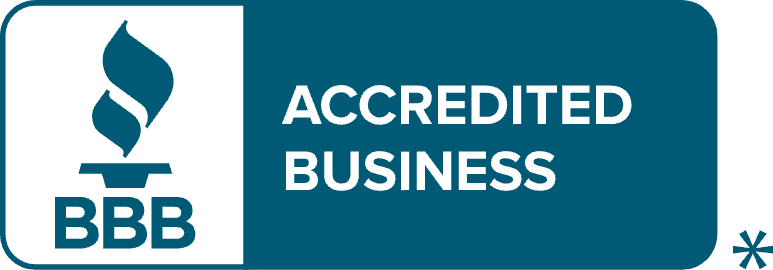Next Step to Amending Retirement Legislation: SECURE 3.0 May Come in 2025
Published on February 3, 2025
With a new year and new administration comes new legislation, including SECURE 3.0, which is centered on improving retirement plan flexibility and retirement security for more American taxpayers. The bill affects employer-sponsored retirement plans.
Why SECURE 3.0 is being discussed
One driver of this is a new tax bill to be advanced in the Senate, which will give tax cuts to some Americans but also reduce federal tax revenue, with estimates in the $4-5 trillion range. Therefore, Congress is also eying a bipartisan SECURE 3.0 package that is being formulated as “pay-fors” for the tax bill (in other words, providing funds to pay for the revenue shortfall resulting from those tax cuts).
Senators Tim Kaine (D-Va.) and Bill Cassidy (R-La.) are preparing to introduce retirement-related bills in the U.S. Senate that could become part of this legislation. In the House, Representative French Hill (R-Ark.) now leads the House Financial Services Committee and Representative Tim Walberg (R.-Mich.) chairs the House Committee on Education and the Workforce in the 119th Congress—the two committees where retirement legislation begins. In a recent article about this matter, Financial Advisor magazine noted that both congressmen will likely be strong advocates for advancing SECURE 3.0.
Provisions of interest in SECURE 3.0
Retirement security—planning and saving for retirement—are at the heart of the legislation in progress. For example, the Senate bill includes the Helping Young Americans Save for Retirement Act, which would lower the age to participate in a workplace retirement plan from 21 to 18.
According to the U.S. Department of Labor, a plan may require an employee to be at least 21 years old and to have a year of service with the employer before becoming eligible to participate in a plan; however, an employer may allow employees to begin participation before meeting those milestones.
NOTE: This current age restriction applies to SEP IRAs but not to SIMPLE IRAs, Traditional IRAs, or Roth IRAs.
Brad Campbell served under President George W. Bush as assistant secretary for employee benefits security at the U.S. Department of Labor; he was cited in the Financial Advisor article about SECURE 3.0, saying he expects there to be “a renewed focus” on increasing retirement asset portability for workers who participate in employer-sponsored retirement plans.
While it’s too early to know what might be included in this next round, employers and workers should be on the lookout for changes to enrollment mandates, emphasis on state-sponsored IRAs for employees of small businesses, broader investment options, and tax credits for employers—provisions to enhance retirement security for workers and incentives for employers.
Open a self-directed IRA and control your retirement savings
Anyone of any age can open and fund an IRA and get on a path to stronger retirement security, without participating in an employer-sponsored retirement plan. And when you open a self-directed IRA, you open the figurative door to a broad array of alternative assets you can include in that plan. Depending on your income and financial situation, you may have both a workplace plan and an IRA (Traditional or Roth) and contribute to both to the allowed limits to build tax-advantaged retirement savings.
Self-employed individuals can open a self-directed SEP IRA, small employers may opt to offer a self-directed SIMPLE IRA (for themselves and employees), and business owners may also choose a solo(k) that is self-directed, enabling them to build a more diverse retirement portfolio.
If you’d like to learn more, contact us today.
Back to Blog


